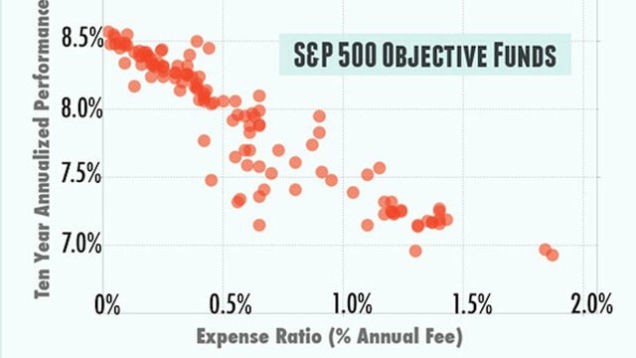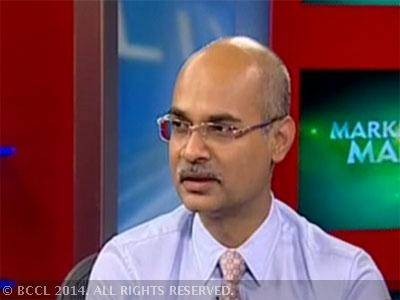The right way to pick a new mutual fund
Post on: 28 Май, 2015 No Comment

ChuckJaffe
Twenty years ago this month, I began writing a weekly column on mutual fund investing for the Boston Globe; one of my first pieces was on how I pick funds for my own portfolio.
Asked recently by a colleague if I remembered my first columns, I went back for a look-see.
My process has remained the same over the last two decades, but the fund industry has changed dramatically, so I’ve refined my methods along the way.
Because long-term happiness with a fund is often traced back to what the buyer was thinking at the time of purchase, it’s imperative for investors to have a personal selection system. With that in mind, I’m sharing my updated process, in the hope that it helps you develop your own, making you more comfortable with what’s in your portfolio.
Here is how my system works today.
Step 1: Determine why I want or need a new fund.
Investing isn’t my hobby, it’s a means to a better future; thus, I avoid impulse buys, superhot funds and moves that don’t fit a bigger strategy. I want a small, manageable fund portfolio, filled with high-conviction choices; I’m not adding investments just for the sake of saying I own something new.
How to consolidate mutual-fund holdings
Do you own too many mutual funds? Here are some tips on how to slim down your portfolio.
Fund selection starts with deciding what I want the purchase to accomplish, whether it’s diversification, growth, stability, income or something else; focusing on the reason for a new fund lets me properly set expectations.
Step 2: Find the funds or ETFs that meet my needs.

After finding the right asset class, look for issues that meet your key criteria.
I want below-average costs—or a darned good reason to pay more—and prefer managers with a track record of at least a decade. I avoid sales charges, not because load funds are bad but because they’re not for someone like who does significant personal research and doesn’t pay an adviser for help.
I don’t waste time with funds that have a minimum account size beyond my means (unless they waive it for regular deposits), or with ETFs with less than $50 million in assets (too big a chance they will fold).
Step 3: Learn the story of the fund.
I want the basis for trust and confidence, whether it’s the manager’s expertise or the common-sense simplicity of indexing.
In searching for compelling reasons to buy a fund, examine a fund’s newsletters and reports. You learn a lot about managers by reading what they tell shareholders and prospective investors.














